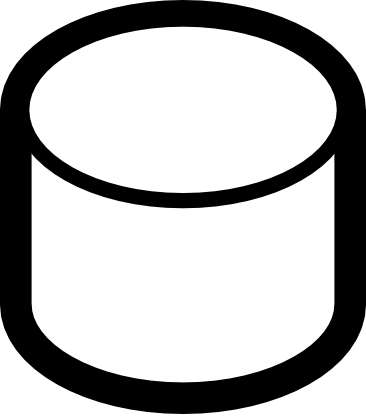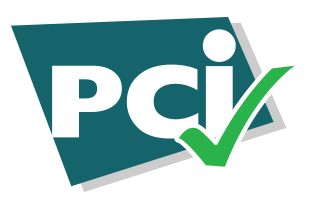
A Treasury Bank is an treasury banking portal (also known as wholesale or corporate banking) and project finance with global transactional. Overall, It operates as wholesale online alternative banking for community program using bonds, equity, margin, and transactional banking
Meaning

Treasury – represents finite securities deposit management and clearing.

Bank – represents infinite electronic funding circulation and settlement.
Treasury Banking is based on four fundamental pillars:
- Technology: Enables the proper confirmation and liquidation of operations. And it is key to comply with current and future regulatory requirements.
- Products: devices for risk coverage and investment solutions for the most simple to the most complex products and for all kinds of financial assets – generally fixed income, interest rates, equities and bond exchange rates.
- Distribution channels: The capacity to provide bank connection to clients for investment settlement when and where they need it.
- Capability to manage and hedge the risks associated with the securities being sold: Once creditworthiness has been determined with each of its clients, these risks are then assessed and managed. Technology, knowledge and experience play a key role in this aspect.
The Treasury Bank team is a critical part of wholesale treasury banking and plays a vital role in maintaining corporate and government investments.
The Treasury Bank is responsible for:
- Ensuring that books balance and that there is sufficient cash to settle outstanding contracts, with any excess cash lent out at the best available rates.
- Balancing and managing daily cash flows, investments, debt profiles, liquidity, reserve management, asset/liability management, risk management, and more.
- Providing Treasury solutions to investment shareholders, such as Corporate Treasuries.
In short, Treasury Bank is the backbone of alternative Investments. It ensures that it is in compliance with all banking regulations, and is not caught off guard during any crisis, while also aiming for maximum return on investment.
I. Asset Liability Management (ALM)
Assets held with Treasury Bank are the ones owned by shareholding members such as cash, securities that earning interest as money market instruments, equities, and reserves, etc. Liabilities refer to debt obligations, like (bonds), etc. Intuitively, members will try to obtain a higher yield while keeping borrowing costs very low. But there are so many other considerations, and this is where Treasury Bank ALM team comes into the picture. They ensure that the mismatch between the tenor, interest rates, amount of assets, and liabilities is minimized with limited risk. The team is in constant action so that the cheaper short-term borrowings and excellent long-term interest-paying on shareholders banks fiat remain sturdy.
II. Balance Sheet Management (BSM)
The Treasury Bank Organization aimed to strengthen community investment banking systems where banks were undercapitalized, overleveraged, and underfunded. Treasury Bank has a crucial role to play here in balance sheet management by suggesting which currencies and terms are favorable from an expense and liability perspective and which assets are required to meet various regulatory targets.
III. Trading and Hedging
Treasury Bank ensures that they take advantage of money market transitions through various standard external banking activities. Treasury Bank hedge and execute back-to-back deals for corporate treasuries, perform merchant transactions, trade in currency by leveraging stock and asset sales on its balance sheet.
IV. Treasury Operations
The operations team is very crucial when it comes to adherence to regulations and making sure that all the legal documentation is documented for audit purposes. They liaise with the different teams to ensure that the processes are followed according to the rules and regulations. They are the ones responsible for reporting, ensuring payments, confirming deals, settling and confirming treasury transactions in a timely manner. They cover the settlement and squaring of nostro accounts, that is, the accountholders banks with other banks, alongside collateral movements, and accounts with the brokerages.
In addition Treasury Bank can be a bit different in structure from others. For example, Treasury Bank administrative team, which is responsible for raising debt from the market through fixed income products, may or may not be a part of other trading platforms. The Treasury Bank Sales team may do both investment and business development, or only business development, and the hedges/structuring may be done by treasurer officers. The administrative team, which manages financing of program including credit/risk management, that are part of Treasury Bank’s program development. But all in all, Treasury Bank as a concept is massive and is definitely one of the high-risk and high-reward professions.




